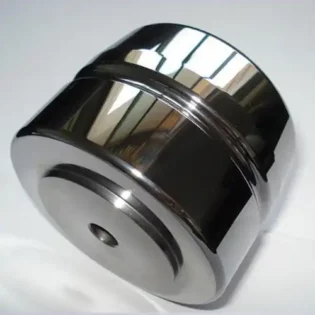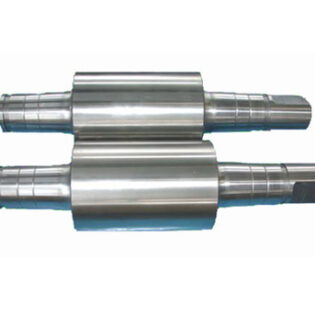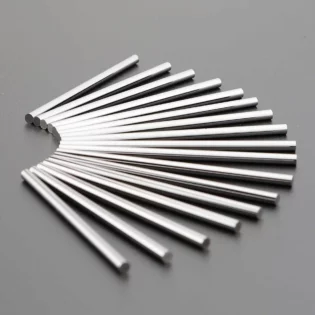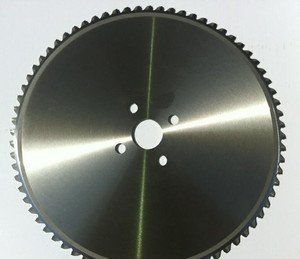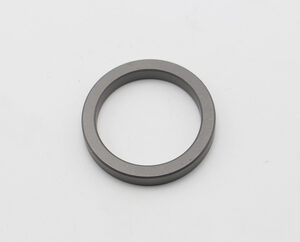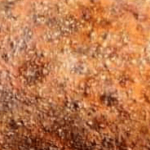
Tungsten carbide is a type of metal-like substance. It is made up of tungsten, carbon, and cobalt which is the binder.
The binder is used to “bond” the tungsten carbide together, usually cobalt, but for corrosion protection we also use nickel.
High-quality tungsten carbide mixed with a nickel binder is chemically inert and will not oxidize (react with oxygen or essentially discolor or rust) unless the temperature reaches 600C.
Tungsten carbide is a very difficult material to machine. The main advantage of tungsten carbide is that it is non-ferrous and won’t rust even in aqueous environments. Since this material does not rust(cobalt-bonded tungsten carbide may rust over a very long period of time), it is often used in medical equipment, such as needle holders and pliers.
Another advantage of tungsten carbide is that it is very hard. Tungsten carbide has an elastic modulus that is approximately 700 GPa. The higher the elastic modulus, the stiffer the material is. However, tungsten carbide cannot be forged because it would shatter when heated.
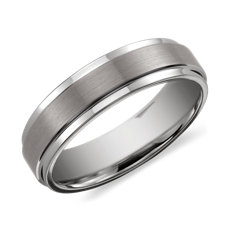
When selecting a ring, you must choose the right material. The two main types of tungsten carbide are jewelry grade and industrial grade. Industrial-grade tungsten carbide is cheaper and tarnishes, while jewelry-grade tungsten carbide does not rust. In addition, tungsten carbide jewelry does not need polishing.
If you need to clean your tungsten carbide ring, you can use a mild soap and water solution. You can also use dishwashing liquid and a soft cloth to scrub off any dirt buildup on the surface of the ring. You can also use a toothbrush to clean the narrow grooves of the ring. However, you should be aware that cheaper tungsten rings may contain higher amounts of cobalt and other elements that rust. To prevent rusting, premium quality tungsten rings are made with a nickel binder.

